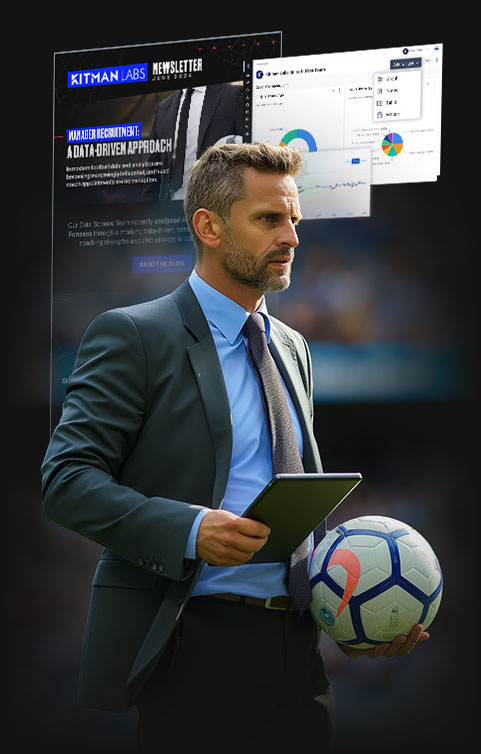By Maxime Settembre, Dr. Martin Buchheit, Dr. Karim Hader, Ray Hamill, Adrien Tarascon, Dr. Allan Munro, Dr. Derek McHugh and Raymond Verheijen
Football coaches face a complex decision when determining how many players to rotate from one match to the next, and who to rotate—all while balancing trade-offs between line-up stability for optimal match performance and load management to preserve players’ health.
In part four of our new research, we dive into this challenge by uncovering first-ever findings on match-to-match player rotations over the past two decades in the top seven European leagues. And for the first time ever, we also reveal the top factors that can affect coaches’ player rotation strategies (e.g., match congestion and location, competition type of team recent performance) using machine learning models.
This new paper follows our work on team formation (Part 1), results and goals scored (Part 2) and players’ substitutions (Part 3), which we encourage you to explore.
Study Reveals First-Ever Findings on Match-to-Match Player Rotations
The overall study (Parts 1-4) extracted the fixtures data of the top seven European leagues over the past two decades, representing 43 competitions, 269 teams and more than 61,000 fixtures.
In part 4, key takeaways include:
- There is a tradeoff between line-up stability for optimal match performance and load management to preserve players’ health when it comes to deciding on how many players to rotate from one match to the next, and who to rotate.
- Overall match-to-match rotation numbers were between two and three per team and not clearly different between leagues, with coaches of the Ligue 1/Serie A and the Eredivisie tending to perform the most (around three) and the least (less than two) number of rotations, respectively.
- There were some small increasing trends in match-to-match rotations across the years in some leagues only (i.e., from two to three in the Premier League and La Liga) but no apparent differences between home and away matches.
- The key factors that could affect coaches’ rotation strategies were ranked in relation to their respective contribution to the model – with rest days, recent performance, competition type, travel distance to the previous match, teams status (i.e., Elo ranking) being the top contributors to increased match-to-match rotations.
- To summarise, rotations are increased at the highest end when top teams (Elo >1550) play:
-
-
- With fewer than three rest days
- In the context of poor recent performances (<40% of possible points won over the last 5 matches)
- Following an away (travel distance being >370 km) domestic cup match
- Against an opponent considerably worse or better than them (absolute difference in Elo vs. their opponent >300)
- Away
-
The full paper can be found here and includes the approach, data sources, limitations, and practical applications behind this study.
Meanwhile, please feel free to reach out to one of our performance experts here to see how your performance science practices stack up.





